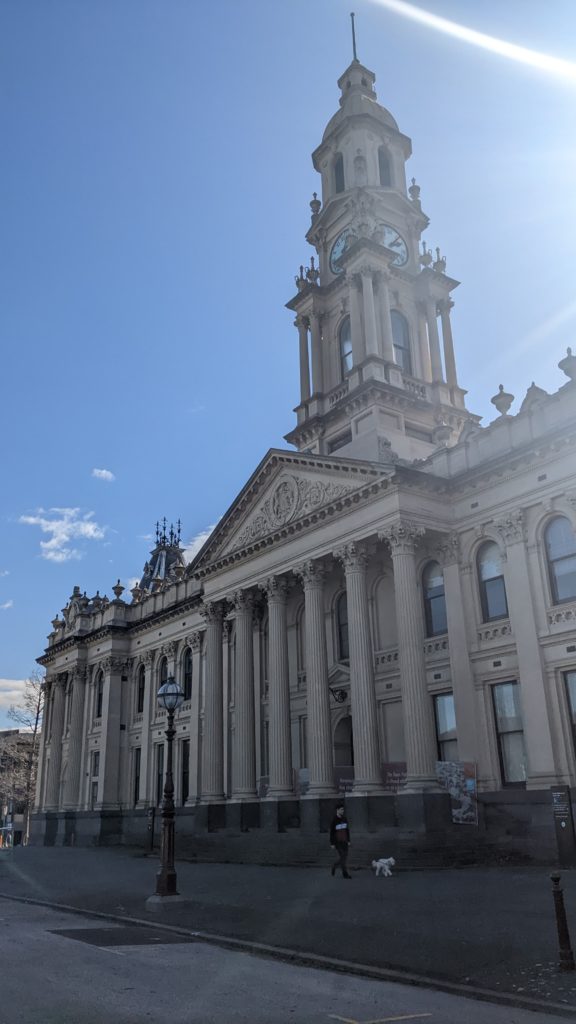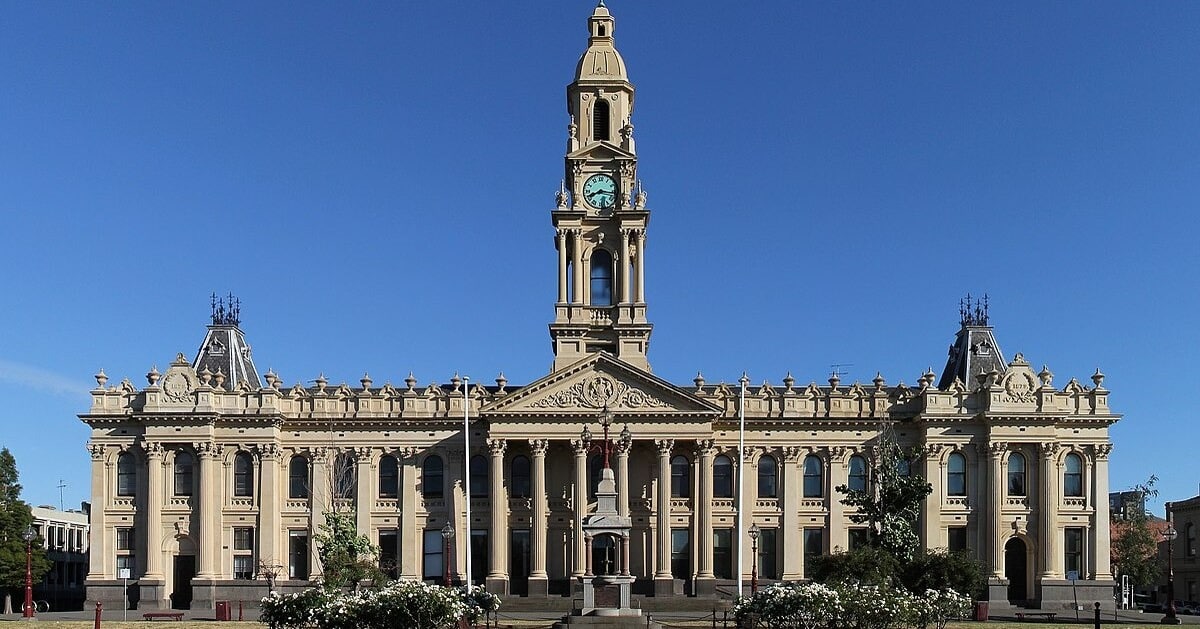Architecturally and stylistically speaking, Melbourne is a fascinating place, with upwards of 2400 buildings on the Victorian State Heritage Listing and a flair for unique modern design. As a city that is constantly growing and changing with the times, the pairing of old and new has become a cornerstone of Melbourne’s ever-iconic skyline. This is no better illustrated than with the continued existence of civic buildings over the last several hundred years, offering us a window into the past that would otherwise be relegated to drawings and illustrations from the time in which they were built.
It’s easy to take these buildings for granted as ever-present pillars of the communities that they are part of, but the fact that we have these structures at all is a testament to the emphasis that we put on historical conservation. That’s not to say that there isn’t a lot more work to be done in this field, especially when it comes to deciding what does and does not make the cut in terms of historical significance, but our willingness to spend time and resources on the maintenance and upkeep of these smaller historical landmarks is certainly to the betterment of the city as a whole.
For an example of this in action, we have the beautiful South Melbourne Town Hall. Blending several European architectural influences, this stunning monolith of 19th-century Australian history is a notable touchstone in South Melbourne’s beautiful tapestry.

A Little History
Under its original name, Emerald Hill Town Hall, the building officially opened its doors to the public on the 24th of June, 1880. The process of planning its development began in 1878, helmed by Charles Webb, who was a prominent architect at the time and who is still highly regarded for his works to this day. The design takes from both French and Victorian classical styles, coming together to create an almost opulently ornate construction that stands out, even among its contemporaries.
In addition to its highly styled foundational building, which is home to 26 rooms including its main hall, the building boasts a beautiful clocktower, which was created by the known Melbourne-based clockmaker of the late-1800s, Thomas Gaunt. With a clock on each of its four sides, this clocktower is certainly one of the more defining focal points of the South Melbourne Town Hall’s already-standout design.
After several renovations and alterations that greatly altered the interior design, decor, and utilities associated with the building, in 1905, the Jubilee Fountain was erected in the building’s forecourt as a dedication to those who fought in the Boer War. With this, the base elements that are primarily associated with the South Melbourne Town Hall as we know it were in place. However, these weren’t the only changes made to the building itself.

Renovations and Changes Over Time
Initially, as of its construction, the South Melbourne Town Hall was intended to house an expansive array of services. This included its use as the location for the Emerald Hill (as the area was initially called) Town Council, as well as the public hall, the local library, the postal office, the telegraph dept., courthouse, police and fire departments, and more. However, over time, many of these organisations outgrew their space within the hall and relocated to larger buildings in the area. This, in turn, has led many other organisations to take up home within the various rooms, including Multicultural Arts Victoria in 2012 and concerts by the Australian National Academy of Music (ANAM).
However, not all changes have been about progress, and as with many older structures, a considerable amount of work has been put into fixing issues that have arisen due to age and wear. For example, in 2018, an area of internal roofing collapsed, requiring parts of the building to be repaired and reinforced over the span of several months. This comes after a restoration effort back in 2004 to reinstate certain elements that had either degraded or had been removed entirely during its history.
~
Buildings of this kind are significant to the various evolutions Melbourne as a city has gone through since it was first built. After all, as Faulkner once said, “The past is never dead. It’s not even past.”, and more recent changes are proof that the lineage of this beautiful heritage building is still being written each and every day.





